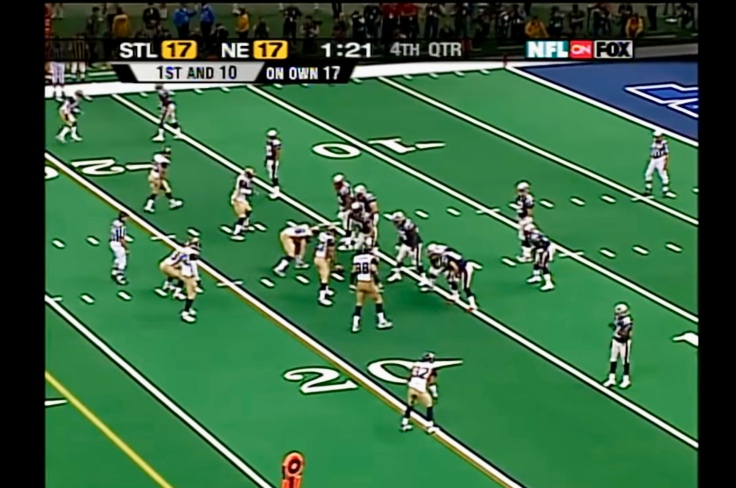
Here’s an impression: the general populace in these United States have no understanding, whatsoever, of the risks that every business faces.
That lack of understanding is especially true as to larger businesses with the appearance of profitability and success.
Comparison Story
But there’s a fascinating comparison story illustrating the perils of business. The comparison story is in this book:
- “Quit: The Power of Knowing When to Walk Away,” by Annie Duke, published by Penguin Random House LLC (2022).
The comparison story centers on the time frame of Tom Brady’s Super Bowl career.
Specifically, the “Quit” author compares the 19-years Super Bowl career of Tom Brady with seven of the businesses that aired advertisements during Tom Brady’s first Super Bowl appearance.
And here’s the conclusion of that comparison:
- Tom Brady’s Super Bowl career outlasts every one of those seven businesses.
Here are the comparison details.
Tom Brady:
- played in his first Super Bowl in 2002; and
- won his seventh-and-last Super Bowl 19 years later—in 2021.
Businesses who aired advertisements during Tom Brady’s first Super Bowl paid $2 million for every thirty seconds of airtime—and that’s in addition to all the costs of preparing and producing each advertisement.
Any business willing to incur advertising expenses of that magnitude:
- is capable of paying such large amounts (presumably);
- wants to continue in business successfully; and
- has sufficient confidence in the future (presumably) to risk paying such amounts, with the goal of enhancing future prospects.
Businesses who advertise in Tom Brady’s first Super Bowl include these seven:
- AOL;
- Blockbuster;
- Circuit City;
- CompUSA;
- Gateway;
- RadioShack; and
- Sears.
What do all seven of these businesses have in common?
It’s this: none survives in business to see Tom Brady’s last Super Bowl – in 2022. Not one. Tom Brady’s Super Bowl career outlasts them all.
The “Quit” author adds additional information about one of those named advertisers. It’s Blockbuster.
When facing new competitors that are operating with new and disruptive technologies, Blockbuster has an opportunity to buy one of those new competitors: NetFlix.
- But Blockbuster refuses to so; and
- Today, Blockbuster is dead and gone, while Netflix appears to be flourishing.
Conclusion
Businesses—every one of them—face risks that can threaten their very existence.
The 19-years Super Bowl career of Tom Brady and the seven advertising businesses from his first Super Bowl identified above reveal just how significant those risks can be. And that’s an important lesson for us all.
** If you find this article of value, please feel free to share. If you’d like to discuss, let me know.
Leave a comment